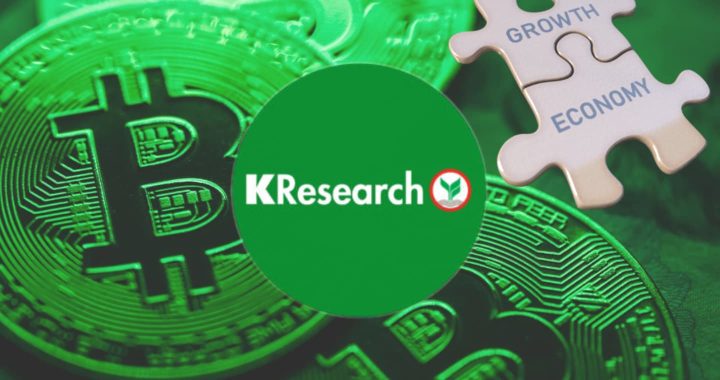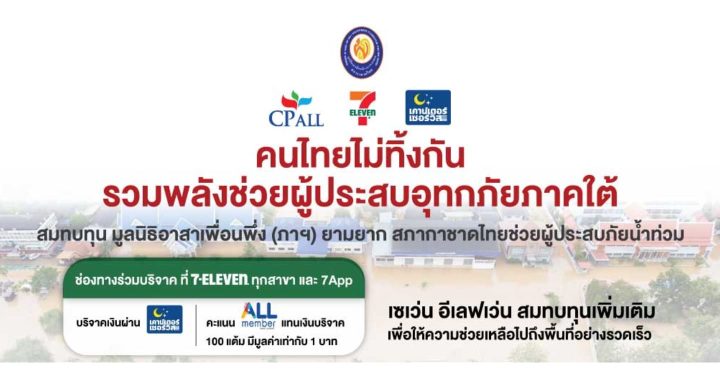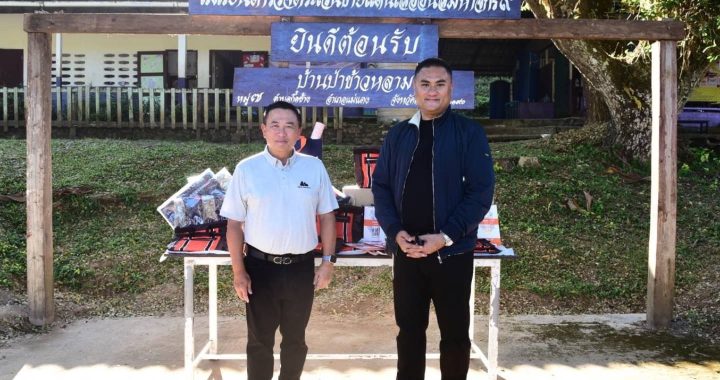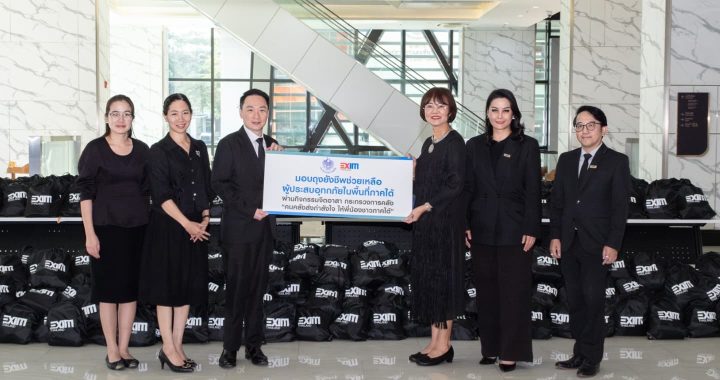KResearch upgrades GDP growth forecast to 2.9 percent

Thailand’s reopening and the easing COVID-19 pandemic have been a boon to tourism, which has seen a better-than-expected recovery. These developments have prompted KResearch to raise its GDP projection for 2022.

Ms. Nattaporn Triratanasirikul, Deputy Managing Director, KASIKORN RESEARCH CENTER Co., Ltd. (KResearch), noted that Thailand has received less support following a decrease in government spending after the ending of several economic stimulus measures, while also suffering from a wider trade deficit due to higher energy imports. On the plus side, however, the higher-than-expected GDP growth for 1Q22, views towards private consumption that are slightly better than anticipated as well as rising tourism receipts – which are now the key driver for the Thai economy – all of these factors have prompted KResearch to upgrade its GDP growth projection for 2022 to 2.9 percent from the previous forecast of 2.5 percent. Meanwhile, Ms. Kevalin Wangpichayasuk, KResearch Deputy Managing Director, added that the number of tourists has been revised upward to 7.2 million, compared to 4.0 million as previously projected. Therefore, Thailand’s tourism receipts, from both inbound and domestic tourism, are projected to rise to THB1.1 trillion, though that is still far from the pre-COVID figure of THB 3 trillion.
However, Ms. Nattaporn Triratanasirikul, KResearch Deputy Managing Director, also said that an important factor that must still be monitored is inflation, as it will likely approach its peak during 3Q22. As a result, the Monetary Policy Committee (MPC) may consider raising its policy rate towards 1 percent by the end of 2022, against the 0.5 percent seen presently. While the US Federal Reserve (Fed) may continue its monetary policy tightening, it is expected that banks in Thailand will not immediately hike their deposit or loan interest rates. Rather, they may raise interest rates for specific products because surplus liquidity in the system remains high, and there is still a need to assist customers during an economic transition. Meanwhile, the Baht may weaken towards THB36.0/USD over the coming one to two months as current economic conditions and the Fed Funds rate continue to support the US dollar, and there are adjustments seen in the Baht due in part to capital outflows from the Thai capital market. In spite of this, such impacts do not pose any threat to Thailand’s economic stability, because the country’s high international reserves can accommodate short-term foreign debt obligations, imports for the three-month period, and the printing of banknotes for circulation at more than 1.2x.

Regarding the issue of a potential food security crisis, Ms. Kevalin Wangpichayasuk, KResearch Deputy Managing Director, is of the view that Thailand is currently exposed to the risk of a tightening food supply, but still not the food crisis as seen in several other countries. This is because farmers and Thai food producers are facing pressures from rising production costs which may impact their productivity. Moreover, rising demand and soaring global food prices have been a boon to some export items. Consequently, Thai food prices, particularly palm oil, rice and pork, will likely increase during the second half of this year and remain high until the middle of next year. Under these circumstances, business operators will need to prioritize cost management, while consumers should focus on their income/expense management as well as caution in spending.







































